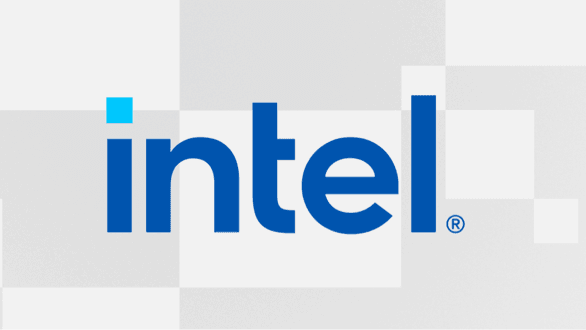Rehashing here

and a long-winded answer to say I too vote for the standalone Optiplex, but a big consideration is network
traffic and security. IP Cameras generate a substantial amount of network traffic and they often try to make connections to
external servers. The best practice on the forum is to isolate cameras from the Internet using dual NIC's in the
Blue Iris machine
and use separate subnets. While your PowerEdge probably has four+ NIC's (and IPMI), you will have to use/configure two of them
for a BlueIris VM (which is completely doable, of course) otherwise you will have the camera traffic on the same subnet as your
current VM's. For what it's worth, I have used BlueIris on a VM (Unraid hosted) and was never really satisfied with the performance,
configuration, or impact on the server (my single CPU Xeon E3-1231 v3 VM host is likely much slower than your dual CPU VM host)
I am not a VM expert, but as bp2008 points out, there are advantages to using Quick Sync video hardware, and even if your
Xeons supported it (one of mine does and one does not), on my server motherboard anyway, hardware pass-thru has always
been a PITA. I don't want to come across as some know-it-all, but for me, the nature of an NVR application like Blue Iris was
just not a good fit as a VM with my hardware. And lastly, this might not be a consideration for you, but Unraid will spin down
unused physical drives to save wear and tear and electricity, but with cameras recording 24/7 the NAS type hard drives that your
RAID array is built with are not suitable, so you will need to integrate/isolate a surveillance rated hard disk into your VM host.



